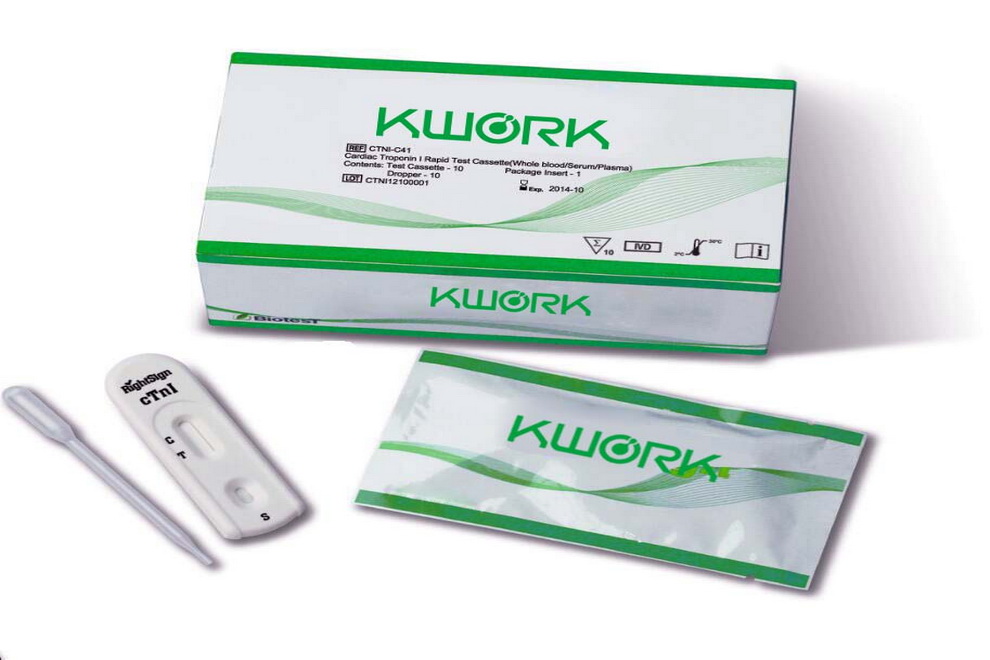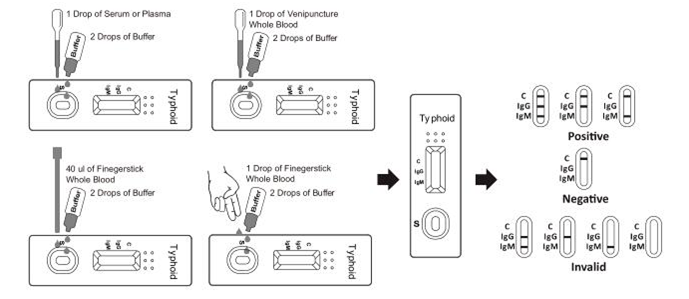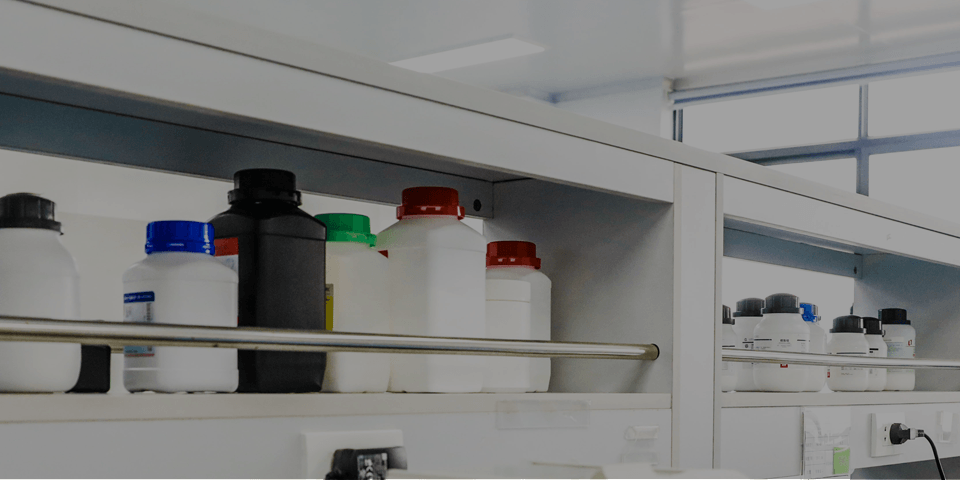
【SUMMARY】
Typhoid fever is caused by S. typhi, a Gram-negative bacterium.
World-wide an estimated 17 million cases and 600,000 associated deaths occur
annually 1 . Patients who are infected with HIV are at significantly increased
risk of clinical infection with S. typhi 2 . Evidence of h. pylori infection
also presents an increase risk of acquiring typhoid fever. 1-5% of patients
become chronic carrier
harboring S. typhi in the gallbladder.
The clinical diagnosis of typhoid fever depends on the isolation of S. typhi
from blood, bone marrow or a specific anatomic lesion in the facilities that
cannot afford to perform this complicated and time consuming procedure, Widal
test (also referred as Weil-Felix Test) is used to facilitate the diagnosis.
However, many limitations lead to difficulties in the interpretation of the
Widal test . In contrast, the Typhoid Rapid Test Cassette is a simple and rapid
laboratory test. The test simultaneously detects and differentiates the IgG and
the IgM antibodies to S. typhi specific antigen in whole blood, serum or plasma
thus aid in the determination of current or previous exposure the S. typhi.
【DIRECTIONS
FOR USE】
Allow test cassette, specimen, and/or controls to equilibrate to room
temperature (15-30°C) prior to testing.
1. Bring the pouch to room temperature before opening it. Remove the test
cassette from the sealed pouch and use it as soon as possible. Best results
will be obtained if the assay is performed within one hour.
2. Place the cassette on a clean and level surface.
For Serum or Plasma specimen: Hold the dropper vertically and transfer 1 drop
of serum or plasma (approximately 40 ul) to the specimen well, then add 2 drops
of buffer (approximately 80 ul),and start the timer, see illustration below.
For Venipuncture Whole Blood specimen: Hold the dropper vertically and transfer
1 drop of whole blood (approximately 40 ul) to the specimen well, then add 2
drops of buffer (approximately 80 ul), and start the timer. See illustration
below.
For Fingerstick Whole Blood specimen:
· To use a capillary tube: Fill the capillary tube and transfer approximately
40m mL of fingerstick whole blood specimen to the specimen well of test
cassette, then add 2 drops of buffer (approximately 80 ul) and start the timer.
See illustration below.
· To use hanging drops: Allow 1 hanging drop of fingerstick whole blood
specimen (approximately 40 ul) to fall into the specimen well of test cassette,
then add 2 drops of buffer (approximately 80 ul) and start the timer. See
illustration below.
3. Wait for the colored line(s) to appear. Read the result at 15 minutes, do
not interpret the result after 20 minutes.




